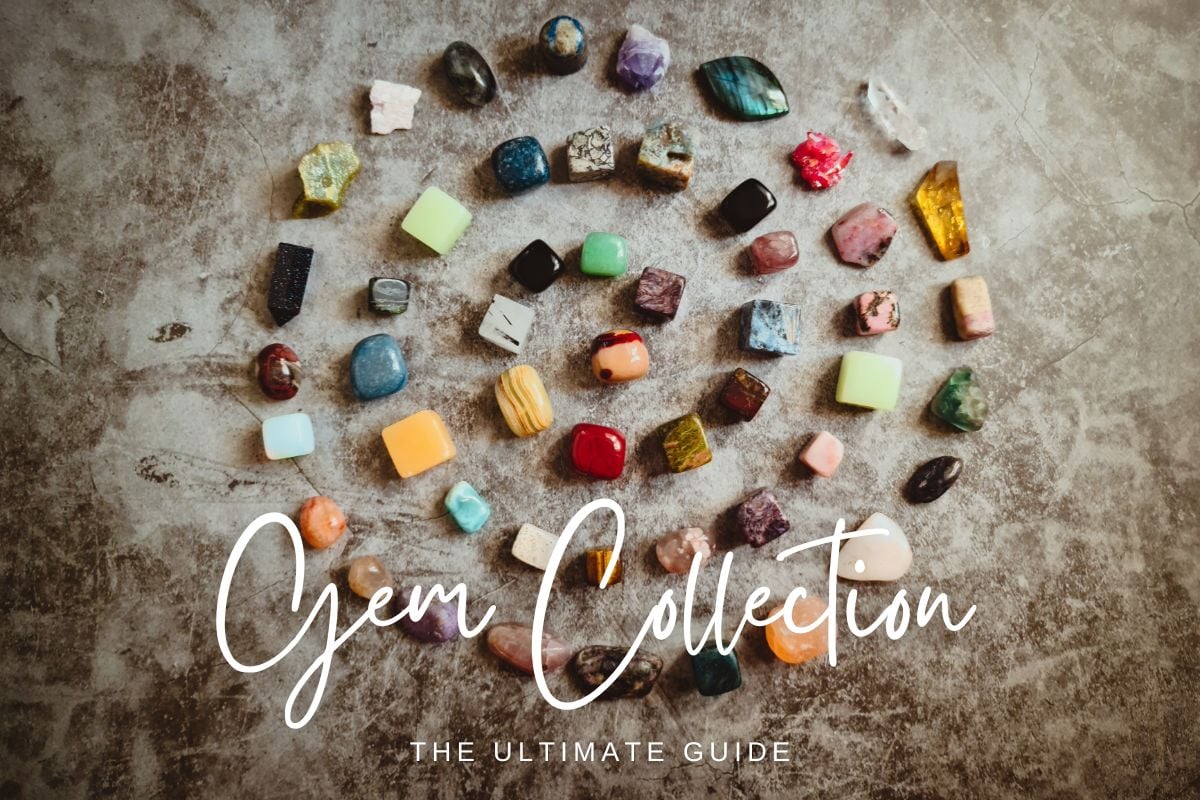Reading cross stitch patterns provides all the information you need to complete the stitching project. It’s easy to follow cross stitch symbols because it informs you exactly where to stitch and what colors to use.
Table of Contents
So, how to read cross stitch pattern?
As the weave of the cloth matches the grid on a cross-stitch chart, every colored square symbolizes a cross-stitch. The color of floss is indicated by a color combination and characters in the squares (or simply symbols if the chart is in a monochrome setting).
Traditionally, cross-stitch symbols are shown as rows and squares arranged in a grid. A square on the grid represents each stitch.
In reading cross stitch patterns, deeper lines are drawn in 10×10 square portions, like the grid paper you may remember from your math class. There are also line numbers at the top and bottom of the page.
If you keep your fabric in the same orientation as the cross-stitch chart, you can read it either way. However, to pinpoint the center of a larger pattern, you may want to use a ruler and pencil instead of your fingers.
What Is Included in the Cross Stitch Pattern?
- Pattern Title: The pattern’s name will be prominently displayed at the top of the page. On the main page, professional pattern-makers provide a part number. If you’d like a duplicate of the pattern or have any questions about it, you can use this data to contact the pattern creator.
- Finished Product Image: When putting together a jigsaw, you need a picture of the end product to help you along the way. A computer-generated image may be used in some patterns.
- Color Difference: This item’s color may vary slightly from the illustration. Depending on your phone or computer’s settings, the color temperature of a pattern may appear different when seen on a screen. It’s also possible that the printed pages of a treasured acquisition at a thrift store have faded.
- Materials Used: Most numbered cross stitch patterns require simple fabric and floss to complete. Beads and fancy floss are common additions to more complex designs.
- Stitching Techniques: In some cases, more than one cross stitch is used in an advanced pattern. Stitches needed to finish the design should be listed. Backstitch and fractional stitches are both common in counted cross stitch patterns.
- Product Size: Sizing your stitches and the sort of cloth or fabric you’re using will have no bearing on how large your finished creation turns out. The estimated finished size should be included in the counted cross stitch pattern’s instructions.
What Does Cross Stitch Symbol Mean?
Once you learn to read a cross-stitch chart, completing a project isn’t that difficult. However, it is impossible to print a numbered cross-stitch pattern onto the fabric immediately. Instead, crafters have to make do with paper or PDF.
Symbols and a legend are included in every cross-stitch pattern. To complete a square, you need to select the appropriate embroidery floss color.
As a result, you consult the pattern grid to determine which colors you’ll need to incorporate into your cross-stitch canvas. If there are empty squares in the pattern grid, you don’t need to stitch there. The fabric can be left blank if desired.
The cross-stitch pattern also includes a legend. Use this key to determine what colored floss you need for the sign you’re trying to cross-stitch.
All that you need is a simple list of characters, each followed by a floss number. The number in parentheses beside the symbol in the legend indicates the number of strands you should use.
How To Read Cross Stitch Pattern?
- With your cross-stitch grid in the middle of your fabric, get started stitching! When you fold the fabric twice, you’ll be able to see the middle of your cross-stitch pattern. Two triangles mark the pattern’s center.
- Make a note of the symbol at the beginning of your cross-stitch. You can start three blocks to the right of the center because the exact center is blank.
- Make your first stitch by threading a needle with the color. You can use the pattern key to identify the color of the symbol you’re looking for.
- Stitch any neighboring instances of the same symbol that you find in your cross-stitch grid. Counting on the grid and then on the cloth is necessary to skip over stitches of various colors. Grids often have every tenth or fifth line darker to make counting easier.
How To Start Cross-Stitching?
- Cross stitch can be performed on various fabrics, although Aida and linen are the most frequent. Both are made of woven materials that will fray if cut. Even if you are stitching a little item that will only be handled occasionally, binding the edges before you begin is a good idea.
- Holding the floss in one hand and pinching the tip of one strand will help you separate it. To separate the strand from the others, slowly and gently draw it up and out of the knot. Pull one thread at a time, not all at once. Knotting can occur if numerous strands are pulled simultaneously.
- A round-end tapestry needle is commonly used for cross-stitching. Your fabric determines the size you should use. Using the hand that came with your kit is recommended if you’re stitching along with a pattern.
- With your needle and thread, you can fasten the tail without the need for a knot. Knots should be avoided during cross-stitching as they might produce lumps in the finished product.
- Stitching rows from left to the right is common in cross-stitch. Begin by looking at your stitching chart to see where you want to start.
- Bring your embroidery needle up through a hole in the back of the cloth toward the cloth’s front, leaving about an inch of thread at the rear. Start from the back. As you work to attach the tail, be sure to cover it with stitches.
- Begin the second half cross stitch by dragging the needle back up to the same hole you used in the first half cross stitch. Before you tighten this stitch, check to see if the thread tail will be caught in the stitch.
- When working in rows, making a whole cross stitch may be more efficient before going on to the next stitch. Individual cross stitches can be made by following the diagram below.
- Continue sewing until you’ve used up all the stitches in your pattern or until the thread runs out. Be careful not to cut too near to the remaining embroidery thread.

More articles about cross stitch you may interest:
Needlepoint vs. Cross Stitch – What’s the Difference?
Basic Cross Stitch Guide for Beginners



